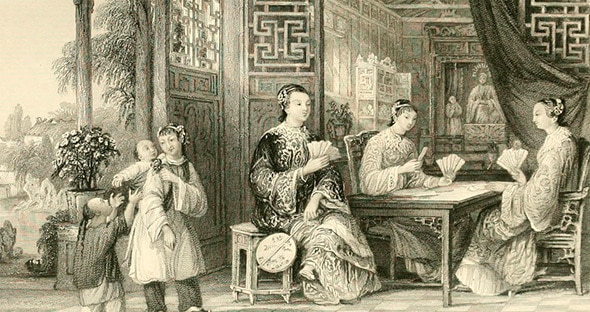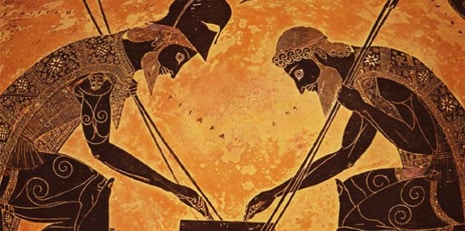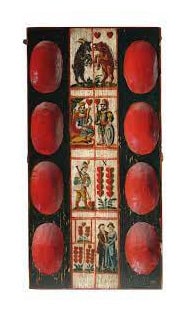-
Promotions
- Loyalty
- Welcome Bonus
- Fish Buffet
- Honeymoon for Newcomers
- Daily Promos
- $10M May Cash Giveaway
- Daily Freebie
- Mystery Envelope
- Daily Leaderboards
- Hold’em Daily Leaderboard
- PLO/PLO-5 Daily Leaderboard
- Rush & Cash Daily Leaderboard
- All-in or Fold Daily Leaderboard
- Spin & Gold Daily Leaderboard
- Short Deck Daily Leaderboard
- Flip&Go Daily Leaderboard
- Mystery Battle Royale Daily Leaderboard
- Signature
- GGCare & GGCheers
- Rush & Cash Friday
- Bubble Protection
- Spin & Gold Challenge
- Jackpots
- Bounty Jackpot
- Bad Beat Jackpot Rebirth
- All-In Fortune
- All-In or Fold Jackpot
- GGTeam
- Tournaments
-
WSOP
- WSOP
- WSOP Champions
- WSOP Bracelets
- WSOP Online
- WSOP Online 2023
- WSOP Online 2022
- WSOP Online 2021
- Road to WSOP
- Road to Vegas
- Road to WSOP Europe
- WSOP Online Circuit
- WSOP Summer Circuit 2023
- WSOP Spring Circuit 2023
- WSOP Winter Circuit 2022
- Blog
-
How to Play
- Get Started
- Poker School
- House Rules
- Cash Game
- Texas Hold’em
- Omaha
- 6+ Short Deck
- Unique Features
- Spin & Gold ELO
- Splash
- EV Cashout
- NFT Avatars
- Final Table Betting
- Social Features
- Staking Platform
- Smart HUD
- Smart Betting
- PokerCraft
- Final Table Features
- Card Squeeze
- Prop Bet
- Exclusive Games
- AoF Sit & Go
- All-In or Fold
- Mystery Battle Royale
- Spin & Gold
- Rush & Cash
- Flip & Go Renewal
- Funds
- Deposit & Withdrawal
- Real Money Poker
- Partners
- About Us
- Help
- Legal
- Safety & Security
A Brief History of Poker – Until 1800ish
- Posted on
- Posted Under How the Poker Stars Aligned

A Brief History of Poker: Until 1800ish
“In the beginning, everything was even money.” Those are the words of Mike Caro, well-known poker strategist and author. He meant that when something is new to people, such as gambling, it is very hard to judge in terms of profitability or practicability. When we were just kids, our parents were easily able to make us believe that Santa Claus is real (not that he isn’t) and that he visits us every Christmas (which he does). We had so little information about the world that it was simple to believe that a magical man visited every house around the world in one night. As we age and learn, we start to realize that while it is fun to believe in magic, realistically everything in life comes down to chance and probability.
When you cross the street to meet your friend, you already knew to look both ways to make sure it was safe. Right from that early age, it was your parents teaching you to mitigate risk. If you did not see a car it was probably safe. There was always the possibility that you did not see a vehicle, but as long as you were doing what you could to make it safer, you were learning about chance and probability. You could always reduce your chance of getting hit by a car even more by never crossing the road, or further by never leaving your house. Sure the possibilities are reduced, but they are never zero (The dad of a friend of mine once lost control of the car because of an electrical malfunction and drove right through a neighbor’s living room. Thankfully no one was hurt).
Mike Caro’s words describe a gambler’s dilemma; someone who has to make an analysis but only has partial information. It forces the gambler to treat every situation as if it is 50/50 and make a decision based on the risk versus reward of the gamble.

For Sheep and Goats
The tendencies to gamble have always been a part of human nature. Evidence of gambling can be traced back to the year 3,000 BC, and the earliest record of a bet, which was for animals, happening around 2,300 BC. Other ancient cultures, the Babylonian, Greeks and others, practiced belomancy, which was a form of divination with marked arrows. There are some who believe that belomancy was responsible for one of the earliest deck of cards, the “htou-tjyen” (traditional playing cards of ancient Korea). It is thought that the arrows evolved into “htou-tjyen”, which comprised of long and narrow paper strips. On one side they had a consistent design, and on the other side a number and something akin to a suit. The cards often pictured feathers on their backs, lending more credibility to the relationship. The oldest known reference to a deck of cards or a card game comes from 9th century China.
It was from Asia that cards arrived to western Europe and became part of the culture. In Catherine Perry Hargrave’s A History of Playing Cards, from 1930, we can find hundreds of examples of how the various cards originated depending on culture and tradition. Early Chinese cards looked like the banknotes that were used as currency. European cards pictured profiles of kings and gentry. Indian cards often had different incarnations of Vishnu on their backs. Playing cards and the games played with them, while developed elsewhere, were thoroughly influenced by the culture they became part of – the Kings, Queens and Jacks all being representative of various noblemen and women.



